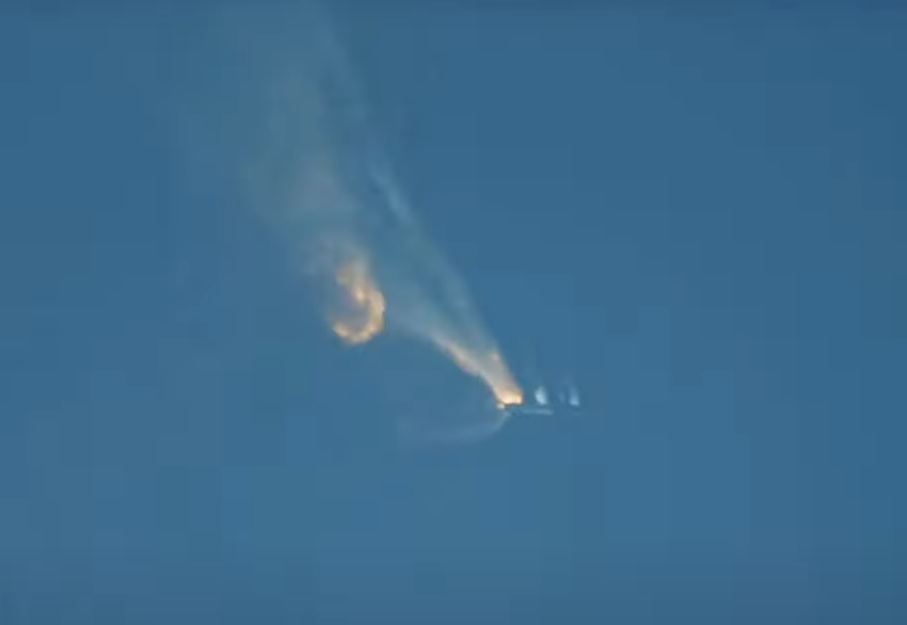Anything that goes to the Moon or Mars is better if it is bigger and with a nuclear powered tug you can make it as big as you want, but the limits and costs of getting as big as you want off the surface of the earth and into orbit are the issue... an N1 does not make sense.
It is the equivalent of trying to reach the top of Everest with one super huge backpack or cross the Antarctic with one really big sled.
For the moon and mars it makes sense to send stuff before you expect to send people... in the case of Mars, Years before...
If you can land most of the materials needed on the surface and have robots and 3D printers start using local materials to build shelters and other useful features so that when people arrive their might be shelters in place and potentially water resources in place for use as air or as water or rocket fuel.
In terms of doing things having lots of launches of smaller cheaper rockets would work out cheaper and safer than a super big rocket with everything on it... if you lose one launch then replace the contents and launch another one.
With an N1, if it blows up that is likely the end of the programme to the moon for a while, but a trip to mars is going to require large numbers of launches with super heavy rockets anyway... assembly is always going to take place in orbit... the fuel... the nuclear tug vessel, and everything else they would need to launch towards mars will need to go into earth orbit before launching to mars... lots of stuff wont need to go fast, but sending people you could use nuclear rockets to speed it up... an early launch could be used to test a nuclear tug and it could perhaps approach the two tiny Mars moons and bring back samples perhaps as a test before using the tug to take people when they are ready to go.





 even if they insist on calling it "The European Robotic Arm in action"... biased tech journos can't give Ruskies any credit it seems
even if they insist on calling it "The European Robotic Arm in action"... biased tech journos can't give Ruskies any credit it seems
